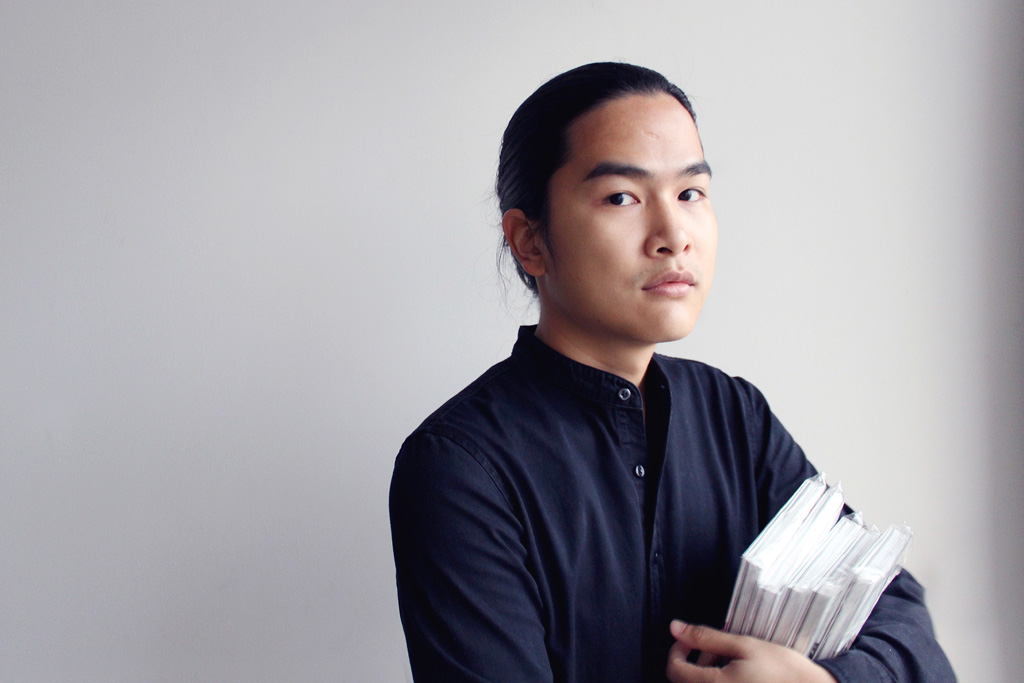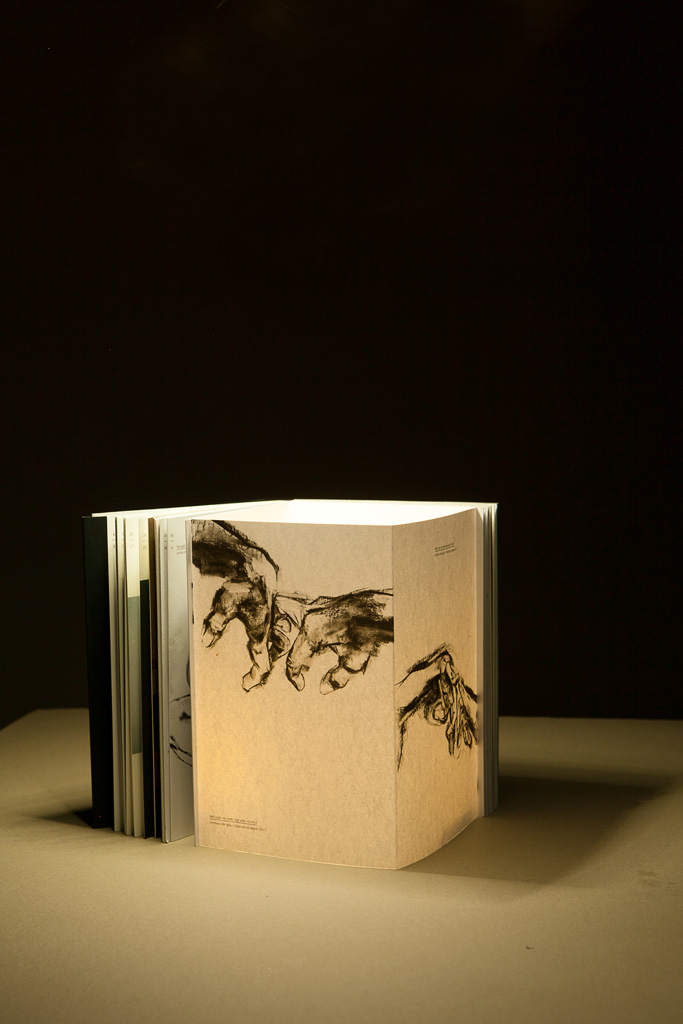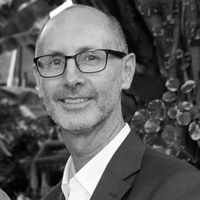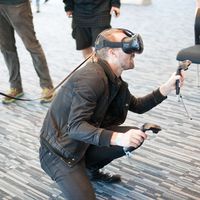Curating art books | The story of Saigon Artbook


One of Vietnam’s first book curators, Dang Thanh Long co-founded Saigon Artbook in 2013 as a non-profit organisation. He has become a local cultural key player in Ho Chi Minh City (HCMC) as an independent publisher of contemporary artbooks. Recently he opened inpages, the first bookstore with a focus on art books in Vietnam.

David Fernández: What motivated you to start Saigon Artbook?
Dang Thanh Long: To put it in a simple way, here in Viet Nam we are so far behind, particularly in the independent publishing field. We certainly need to catch up, that is why I decided to start the art publication. Since we launched, each of our projects are conceived as printed experiments that help us promoting the contemporary art community here in Ho Chi Minh City and beyond.
DF: What did you set out to achieve when Saigon Artbook was founded?
DTL: Our mission is to present the city through the eyes of different emerging Saigon-based artists and other cultural practitioners. Since the beginning we try hard to stimulate young people with local art and, simultaneously, to facilitate the exchange of ideas about local visual culture. Eventually our main objective is to bring the experience of an art exhibition into paper.
DF: How has the idea of an art book taken shape and how is it developing now?
DTL: Saigon Artbook is now in its 7th edition. The book is first and foremost, a community project where emerging contemporary artists that develop and showcase uncut work on a stage, supported by a talented cast of designers, writers and curators. Over 3,000 artbooks have been published since 2013, each page lovingly crafted from different materials and brought to life through experimental printing techniques.
DF: How is the public in Viet Nam reacting to the latest contemporary arts developments?
DTL: I think it’s getting quite a lot of attention. We have been receiving very positive feedback over the years. The project is certainly growing into something more meaningful. The artbook publishing culture was non-existent when we launched our first edition. Now we discover more and more artists who want to create their own publications and also young audiences that start recognising books as works of art.
DF: What are your plans for the future of Saigon Artbook and inpages. Do you have any specific goals you would like to attain in the future?
DTL: The aim is to extend our network both locally and internationally and foster new exchanges in the fields of creativity. At the same time, we want to keep using our platform to attract new audiences, especially the new generation of Vietnamese art lovers, helping them to appreciate books not just as medium but as an art form and concurrently to experience and practice more the art of publishing. Besides, we would like to open more bookstores in other cities, such as Hanoi and Da Nang, so we are able to expand our network while we continue to support local artists to publish more experimental art books and get exposure both locally and internationally.
DF: How would you describe your activity at inpages? What’s the idea behind the foundation of a bookstore?
DTL: The bookstore came naturally after the foundation of Saigon Artbook. In fact the bookstore purpose is very much aligned to what we initiated back in 2013, when we started Saigon Artbook projects. We wanted to create a platform for young artists to develop their skills and show their work, with a special emphasis on producing books with Vietnamese artists. It is our desire to promote indie-publishing culture within the local community from our unique art bookstore, through showcasing only a thoughtful collection of international art books that we love. inpages also works to curate artistic events, exhibitions, artist talks and workshops both in Saigon and elsewhere.
DF: What is HCMC's art & cultural scene like nowadays? How would you describe its creative community?
DTL: Saigon’s art scene feels very exciting to me these days. It’s changing quite fast. Certainly it’s growing so many things are going on, some new independent art spaces flourishing, underground events happening every now and then, young professionals joining the creative community and helping developing alternative art-related platforms.
I do believe the city is full of opportunities for cultural and creative industries, although the local art community still feels a bit disconnected to be honest, maybe it’s about time to encourage more collaboration.

DF: Tell me about any art-related curatorial / management programmes you develop that look at capacity building in the arts & cultural sector?
DTL: In its own way, I believe Saigon Artbook is a great example of a curatorial programme, since we invite only local curators and artists to research, design and develop each single edition. Instead of a theoretical framework we propose a very practical way of building capacity among the emerging creative professionals.
- To find out more about Saigon Artbook please visit: http://saigonartbook.org/
- To find out more about inpages please visit: http://inpages.org/
___
David Fernández is a Spanish-born contributing writer based in Bangkok, Thailand. Currently working as freelance arts & cultural project manager and digital media consultant, he is also one of the co-founders of Cho Why multi-disciplinary project space. He previously co-founded Le Cool Bangkok arts & culture webzine and worked as content director. Formerly, he served as cultural attaché at the Embassy of Spain – Cultural Office in Bangkok.
Similar content
02 Nov 2017
19 Jul 2016





